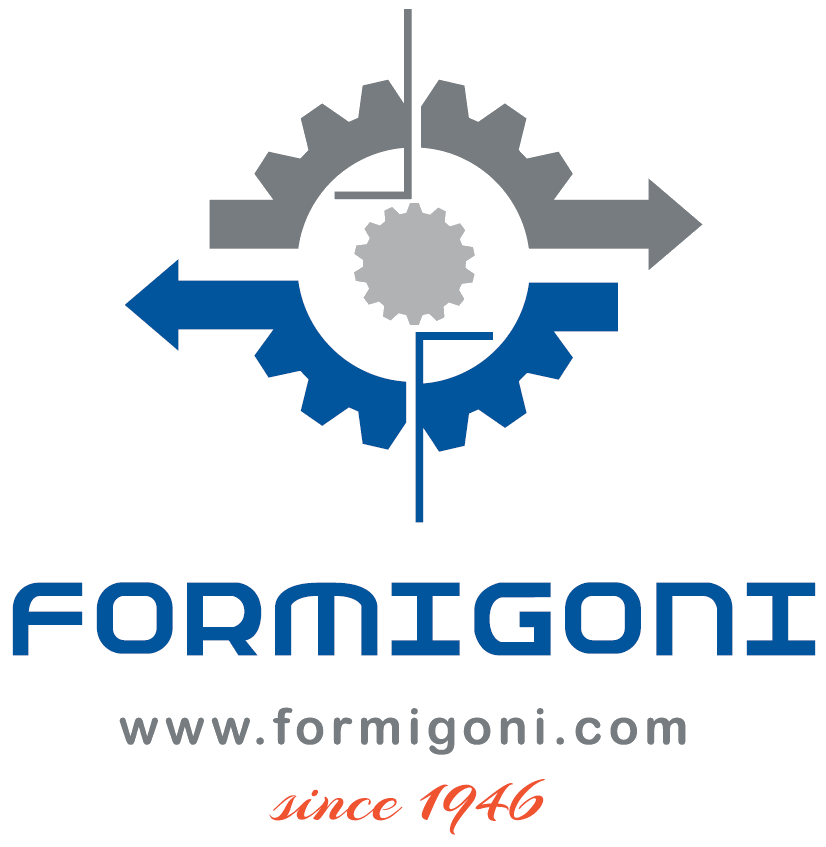
DEC.RBC™
rotary bed concentrators
DEC.RBC™ (rotary bed concentrator) is a type of air pollution control device that is used to remove volatile organic compounds (VOCs) from air streams: RBCs work by passing the contaminated air stream through a rotating bed of adsorbent material (DEC.HCA™ • Honeycomb Coated Adsorbent), such as activated carbon or zeolite. The VOCs are adsorbed onto the adsorbent material, and the clean air stream is then exhausted to the atmosphere.
DEC.RBC™ concentrators
The heart of the DEC.RBC™ unit is a rotating ceramic honeycomb wheel filled with an adsorbent (e.g. activated carbon, hydrophobic zeolite, etc.).
This process is ideal for treating large volumes of air, with small concentration of solvents (typically 0,1÷1,0 g/Nm3).

Typical application is the reduction of fugitive emissions (often due to equipment leaks and evaporative processes).
The Solvent Laden Air (SLA) passing through the slowly rotating wheel (1÷3 rph), comes into contact with the absorbent bed (~80% of exposed surface), where the VOC are retained. During the rotation, the wheel passes through a regeneration section where hot air desorbs and concentrates the VOC in a flow stream smaller than the original SLA stream.
The RBC wheel is divided into adsorption, desorption, and cooling zones (typically 8:1:1 ratio). The adsorption is typically handled at 20÷35°C. Desorption through the regeneration (heated) air (at 220°C), while the cooling zone aimed to cool down the Honeycomb Coated Adsorbent to 50°C (or lower) so as to facilitate VOCs adsorption, once back to adsorption phase.
Once concentrated (typically <15 g/Nm3), the SLA can be efficiently treated in a VOC treatment system.

In this way the DEC.RBC™ unit reduces the volume of the SLA of 5÷8 times and concentrates the VOC in the same ratio.
The unit DEC.RBC™ is built in different diameters, from 1 ÷ 6 meters. Depending on the diameter, these rotoconcentration units are provided pre-assembled skids (DEC.SMS™ - Smart Modular Systems) with a capacity 8.000÷50.000m3/h each or partially assembled at the Customer premises with a capacity up to 120.000m3/h cad.).
The size of a zeolite rotor for VOCs purification is usually very large, with some diameters reaching 4 m or more: in this case, the rotor-type adsorber generally consists of a block of spliced fan-shaped honeycomb bodies.
The unit is modular: utilizing, in parallel, more pre-assembled units, it's possible to treat reasonably an air volume equal to ~240.000 m3/h or even more.
For larger applications, thanks to customized design (DEC.CBS™ - Custom Built System), DEC.RBC™ units are modularly assembled on-site, with a capacity ranging from 150.000 ÷ 1.500.000 m3/h.

NOTE: this system should not be considered as an alternative to LEL recirculation systems (DEC.LEL™).
